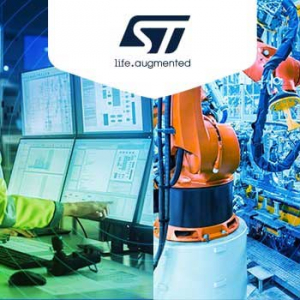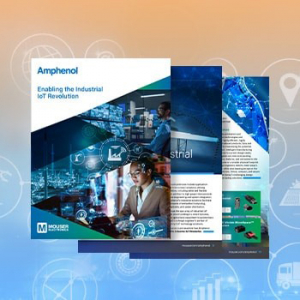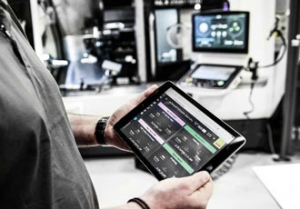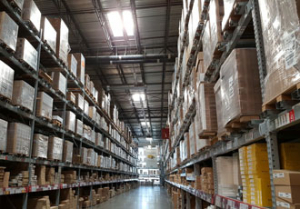Risks and opportunities in hybrid cloud storage

Modern manufacturing has become very data intensive, which has made choosing where to store data critically importance. Here Neil Ballinger, Head of EMEA at EU Automation, explains the trade-offs and opportunities of hybrid cloud storage.
In June 2020, IBM suffered a global cloud outage, but this was not the first of its kind. Google, Facebook, Microsoft and Salesforce all experienced service disruptions in 2019, as a result of their hybrid cloud storage provider suffering an outage. As manufacturing companies have come to rely more on cloud storage, the inability to access data has become a looming threat that could disrupt an entire facility.
Difficult decisions
Cloud computing has centralised data storage on large servers and edge computing moved it closer to the point of use. The different options of storage raise the question of how to balance centralised and decentralised data storage? The answer is a trade-off between a series of difficult choices.
The first consideration is cost. Local servers are expensive to buy, install and maintain. They also require on-site troubleshooting when problems arise. Cloud services offer cheaper ways of storing data, can be scaled, serviced remotely and payed on a usage basis.
The second consideration is accessibility. With a local server, users can retrieve data faster, including backups and older file versions. Uploading and downloading files from cloud storage depends entirely on the internet connection, which can suffer from network jitter.
The third consideration is security. A local server gives companies physical control of their data but requires investment into equipment and IT specialists to keep the server secure.
Opportunities
The choice is not only about mitigating risks though. There are also opportunities here to make the data architecture stronger, more secure and ensure reliable access to data. For industries where traceability is imperative, such as food and beverage, these solutions could prevent down time and save throwing away large batches of otherwise faultless products.
The ideal data storage architecture combines the advantages of both technologies and minimises the downside of each option. Such a hybrid solution initially processes data on an edge server, close to where the data is generated, and then analyses it in an aggregated form in the cloud.
A hybrid model combines the visibility gained by combining information in the cloud with the responsiveness of storing data that is needed immediately close to where it is used. Such a data architecture reduces the cost of data transmission and lowers the risk of network problems. Moreover, having operations data on an edge server insulates day-to-day operations from disruptions that could come from cloud outages.
To begin the process of integrating edge and cloud computing, it is best to talk to a specialist in data management solutions and to an industrial automation supplier. They need to align their solutions to make sure that the data generated from sensors is integrated with the processing of the resulting signal and the storage of the data.
Industry 4.0 increased the dependence of manufacturing on effective data storage and at the same time made it susceptible to cloud outages. A good enterprise data architecture needs to find ways of ensuring that disruptions to data access do not result in factory down times.
Similar articles
More from EU Automation
- Is it time to scale up? 30th June 2021
- Innovative automation projects for manufacturers 1st June 2021
- The future of HR in manufacturing 20th May 2021
- The Help to Grow scheme - what does it mean for manufacturing? 30th March 2021












Write a comment
No comments